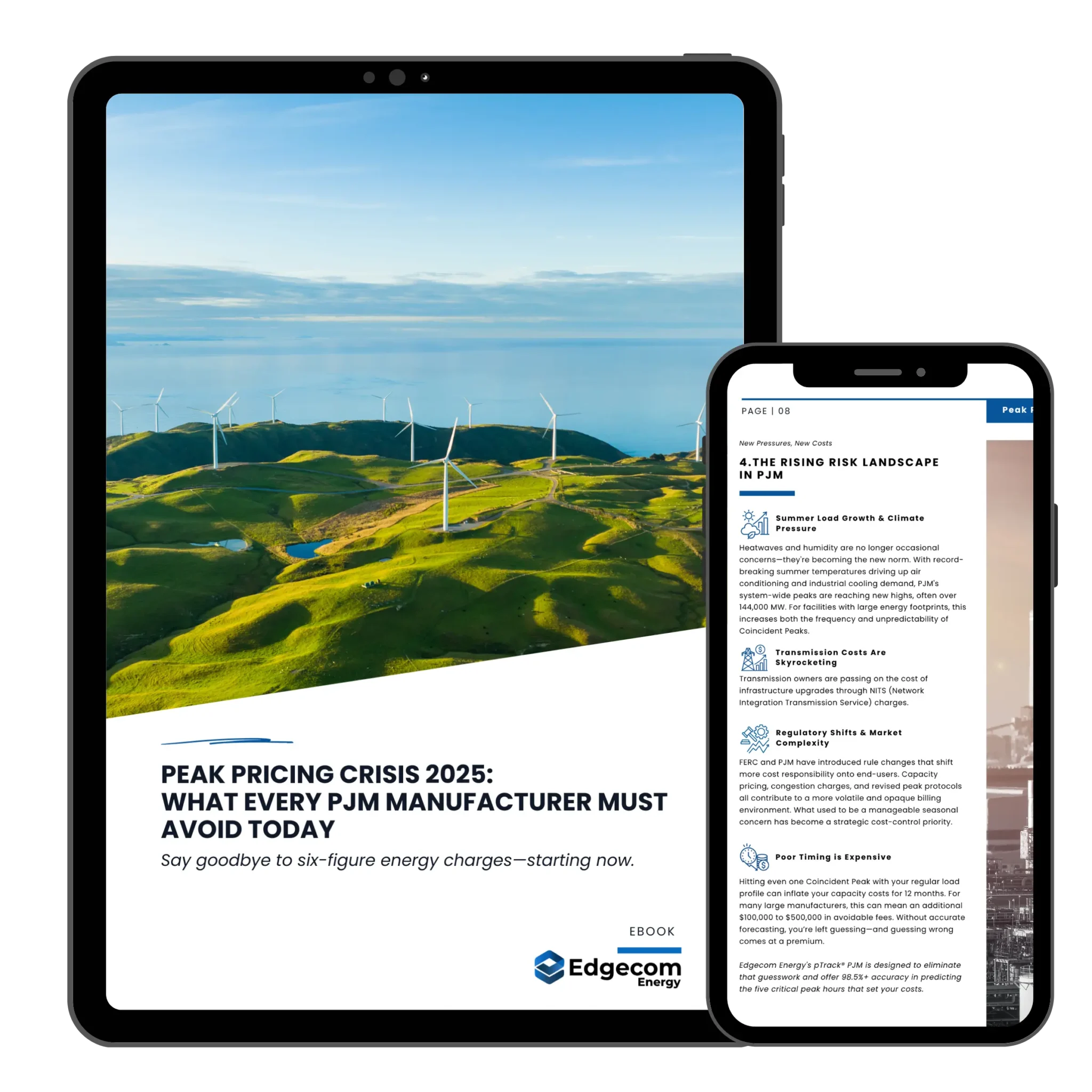In the newly opened energy markets, demand response (DR) has emerged as one of the most important factors in maintaining grid reliability and efficiency. At the heart of this system lies the Demand Response Aggregator, a key player in ensuring that energy demand aligns with supply, especially during peak periods. This article goes in-depth with regard to the role of Demand Response Aggregators within the Ontario energy market, discussing importance, functionality, and benefits.
Understanding Demand Response
Before getting into the specifics of Demand Response Aggregators, it’s important to know what demand response is. It includes ways for people who use electricity to change how much they use based on the supply conditions, usually in exchange for financial benefits. This helps keep the grid stable by cutting down on the need for more power plants and lowering the cost of energy overall.
The Role of a Demand Response Aggregator
A Demand Response Aggregator is an intermediary between electricity consumers (residential, commercial, and industrial users) and the electricity grid operators. They combine together the demand response capabilities of multiple consumers to create a reliable and sizable resource that can be utilized to manage grid stability. Here’s how they work:
Aggregation: Aggregators combine the energy saving capabilities of multiple consumers. Hundreds or even thousands of individual users who have committed to cutting their consumption during peak times could be involved here.
Incentivization: Consumers who take part in demand response programs are given financial incentives by aggregators. These incentives can come from the grid operator or savings achieved by reducing the need for expensive peak-time electricity generation.
Demand Response in the Ontario Energy Market
Ontario’s energy market is a dynamic system that is always evolving. It is committed to incorporating renewable energy sources and keeping the power supply stable. In this context, demand response is very important, especially since the province wants to balance supply and demand in a way that is good for the environment and not costly.
Ontario’s energy market and system are run by the Independent Electricity System Operator (IESO). Through different programs and efforts, it has been very helpful in encouraging demand response. Demand response is important to the IESO because it makes the grid more reliable and saves money, especially during times of high demand or limited supply.
Benefits of Demand Response Aggregation in Ontario
- Enhanced Grid Reliability: By reducing demand during peak periods, demand response helps to prevent blackouts and brownouts, ensuring a more stable electricity supply.
- Cost Savings: Both consumers and the grid benefit financially. Consumers receive incentives for participation, while the grid can avoid the high costs associated with emergency power generation or purchasing expensive peak-time electricity.
- Environmental Benefits: Reducing the need for additional power generation during peak times can lower greenhouse gas emissions, contributing to Ontario’s environmental goals.
- Empowerment of Consumers: Demand response programs allow consumers to play an active role in managing the energy grid, giving them more control over their energy usage and costs.
Challenges and the Future of Demand Response Aggregation
Despite the clear benefits, there are challenges to the widespread adoption of demand response in Ontario. These include the need for advanced metering infrastructure, consumer awareness and participation, and regulatory support.
However, the future looks promising. With advancements in smart grid technology, increased focus on renewable energy integration, and supportive regulatory frameworks, demand response aggregation is about to become an even more integral part of Ontario’s energy landscape.
Edgecom Energy is a registered demand response aggregator. Contact us to learn more about how you can benefit from this program.

